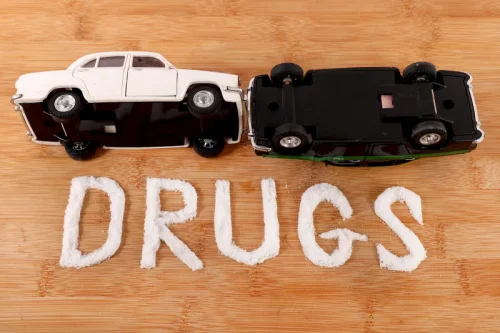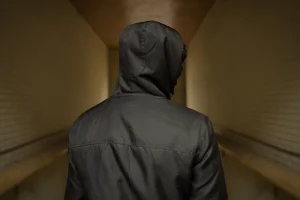
Once you’re in recovery, you can think about your future with a clear head and set some goals for yourself, whether personal, occupational, or otherwise. You can improve your relationships with others and yourself and take some time to allow your body and mind to recover. Detoxing from cocaine is one of the best ways to get control of your life back ― because when you’re no longer dependent on cocaine, there are so many marijuana addiction positive aspects of recovery to look forward to.
Inpatient or Outpatient Rehabilitation
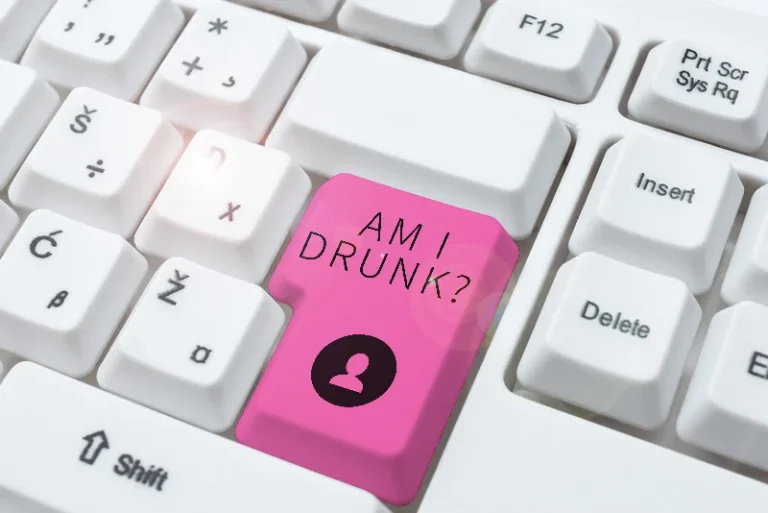
Although repeated slips can be a normal part of recovery for some, ongoing relapse and rehab can become a compulsive pattern of its own and make it even more difficult to successfully stay sober long-term. Different types of treatment programs offer various levels of care to meet you where you are in your recovery process. If you have already completed a treatment program, you can reach out to your former (or current) treatment providers, such as your therapist, psychiatrist, or medical doctor to get their advice on the next step to take. The goal at first is to effectively manage your life and health during the process of withdrawal.
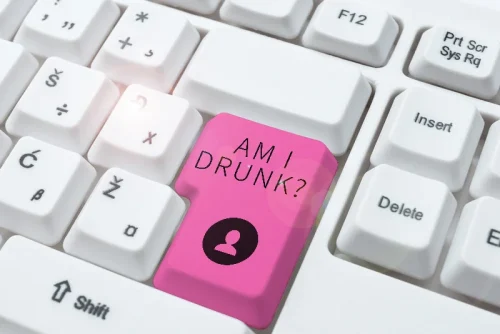
Managing Cocaine Withdrawal: Strategies and Treatments
Relapse prevention consists of specific relapse prevention tools as well as establishing a foundation of recovery across various aspects of life.2 Tools unique to the person can help them be most meaningful and effective. Relapse prevention plans should be easily accessible and realistic. A relapse prevention plan can be a list of reminders written on a note or mobile app. Or it can be a journal or workbook where you develop a comprehensive list of risky scenarios and the corresponding actions to take to maintain sobriety.
Psychotherapy and Support Groups
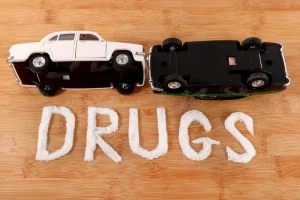
Do not dwell in the guilt and shame of using and take stock of how your recovery journey has positioned you to move back into sobriety. Rebounding from relapse can look and feel much different than when you first sought help for addiction. The first step to reclaiming your sobriety after relapse is to reach out for help. However, this creates a cycle where substance use exacerbates mental health symptoms, and without treating both conditions, individuals are at a higher risk of returning to drug use.
What To Do After a Relapse: 9 Action Steps You Can Take
- Cocaine binds to the dopamine transporters which are blocked from their normal function of retrieving excess dopamine.
- Days four through seven will find you in Washington State drug rehab alternating between extreme and low craving for cocaine.
- The length of addiction treatment can vary depending on your needs and treatment goals.
- The path to sobriety comes with challenges, and many recovery journeys include a period of relapse into alcohol or drug use.
Whether you are seeking treatment for the first time what to do after a relapse or after a relapse, our websites are a helpful resource. You can use our treatment directory on Rehabs.com to search for programs across the country. Addiction is a brain disease that is chronic and remitting.1 Therefore, relapse can be part of the recovery process. When a person relapses, they may need additional treatment to return to the path of recovery.
- The resulting cravings and decreased ability to feel happiness make it difficult to overcome crack addiction.
- If you’re not sure how to start the conversation, the trained advisors from our webchat team can give you some free and confidential advice.
- We also make a conscious effort to offer various different kinds of long-term addiction treatment programs.
During this stage, individuals may experience a range of symptoms, including mood swings, irritability, poor concentration and changes in sleep patterns, often resulting in excessive sleep or insomnia. These symptoms are a result of the brain’s continued adjustment to the absence of cocaine’s stimulant effects. Additionally, individuals may struggle with paranoia, slowed thinking and weight fluctuation due to changes in appetite.
